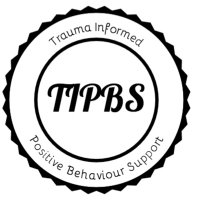
TraumaInformedPBS
@ti_pbs
Practical, evidence based strategies for developing resilient learners.
ID: 743398645626613762
http://www.tipbs.com 16-06-2016 11:03:43
3,3K Tweet
7,7K Takipçi
2,2K Takip Edilen





















@ti_pbs
Practical, evidence based strategies for developing resilient learners.
ID: 743398645626613762
http://www.tipbs.com 16-06-2016 11:03:43
3,3K Tweet
7,7K Takipçi
2,2K Takip Edilen



















